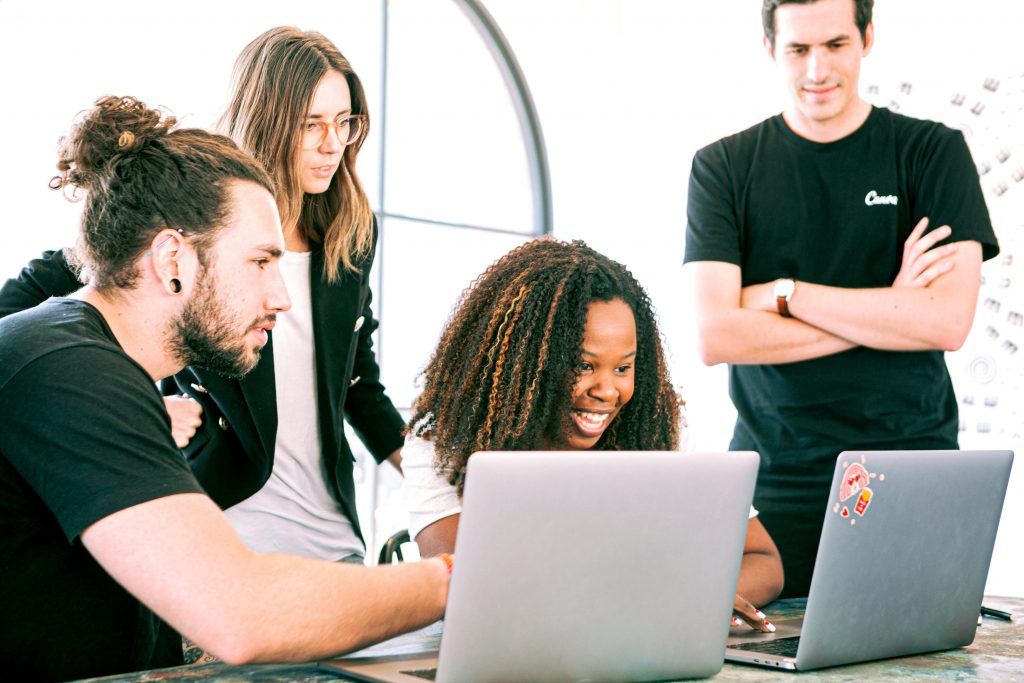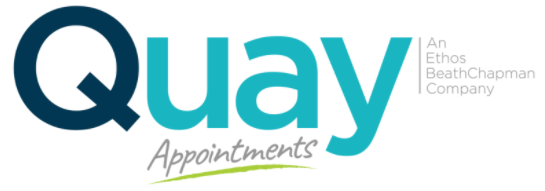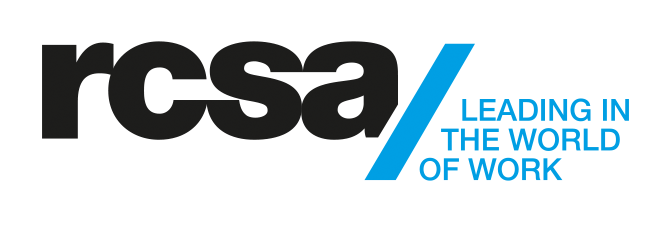Helping Candidates Better Envision their Career Journey
“Where do you see yourself in 5 years?” This is a common job interview question. If I were to ask you again, where do you see yourself 5 years from now? Or maybe even 30 years from now? The answers we often hear for this question are hopeful and optimistic. Some people tend to focus on challenges they might face in the future, whereas others simply can’t give an answer at all. Today and tomorrow, one of the biggest opportunities for recruiters is to help job candidates better envision their whole career journey. Despite uncertainties in the future, we can help our candidates future-proof themselves in the present.
Career Crunch in Australia

In their 2021 global talent trends report, think tank Mercer described career crunch as a situation wherein professionals are unable to find opportunities to move up in their careers. This strongly affects mature aged workers and those in the middle. According to their 2020 report, 72% of baby boomers worldwide plan to work past their retirement and that the ideal concept of retiring is long-gone in Australia. Will it be the same case for Gen X, Millennials and Gen Z? Competition across different job markets is getting more and more competitive. Then there is the issue of skills gap or mismatch, meaning employees today lack the skills needed for present and future roles. The future of work requires a holistic approach to the whole development agenda for employees and organisations.
We can start with…
Next Level Job Candidate Experience
Organisations must rethink their approach to candidate experience and make sure it provides authentic and sustainable value for job candidates as they transition to employees.
The candidate experience is not just about hiring an individual for a role. It is about preparing that individual to succeed in the role, find value in the role and be able to take on higher roles. There should also be renewed focus on improving candidate experience done online and remotely. Organisations must start coming up with strategies to better engage job candidates at online hiring events.
Another important thing is to respond to every applicant. Acknowledge every application and then provide updates afterwards. Make sure to communicate possible next steps for unsuccessful applicants. For example, always accompany an acknowledgement message with “if you are not selected for the role, we will keep your resume in our records for future roles that might suit your credentials. Also, make sure to visit our careers page for new job openings.”
Remember to utilise recruitment technology to help you with the speed and quality of hire. But never ever remove the human element in recruitment. Make the effort, invest the time.
Talk up reskilling and upskilling

After asking the 5 years question, why not follow it up with insights about skills development. Help them determine the skills they need to learn and improve on. If you have the information, maybe you can encourage them to enroll for free online lessons or courses you think can help them improve and be more competitive. In Australia, one of the top workforce transformation priorities is to reskill and upskill employees especially those in critical talent pools. According to PwC’s 2021 Upskilling for Shared Prosperity report, Australia’s economy can experience tremendous growth if it invested more in upskilling programs.
When talking about reskilling and upskilling with job candidates, it is important to always talk about digitalisation. Several roles considered as “non-tech” now include some aspect of automation. Explain the importance of digital dexterity in their respective field of work and how it can benefit them in the modern world.
Establish Authentic Diverse Working Groups

Diversify working groups in terms of race, age, sexual orientation, years of experience, expertise, etc. No matter what it is. Establishing diverse working groups is not about taking a chance. It is a proven way to continue doing business especially nowadays when business continuity is threatened by different factors. Mature aged professionals working alongside young professionals is always a great way to go. The older people can share their experience from which the young people can learn from. Young people can help older people be more tech-enabled.
In Australia, there are HR leaders discussing phased retirement strategy to better accommodate more mature aged workers. It is a great way to create opportunities for everyone, no matter the age.
There is so much value and learnings we can provide professionals during the recruitment stage. In doing so, we help them better envision their career journey. We also help them come up with better and more authentic answers when they are asked where they see themselves after a number of years.












